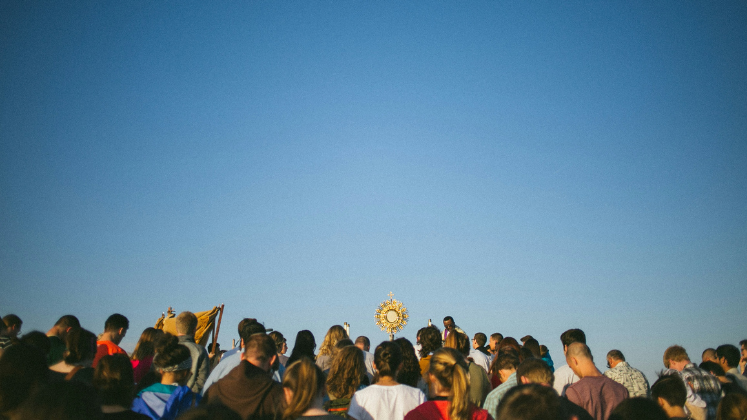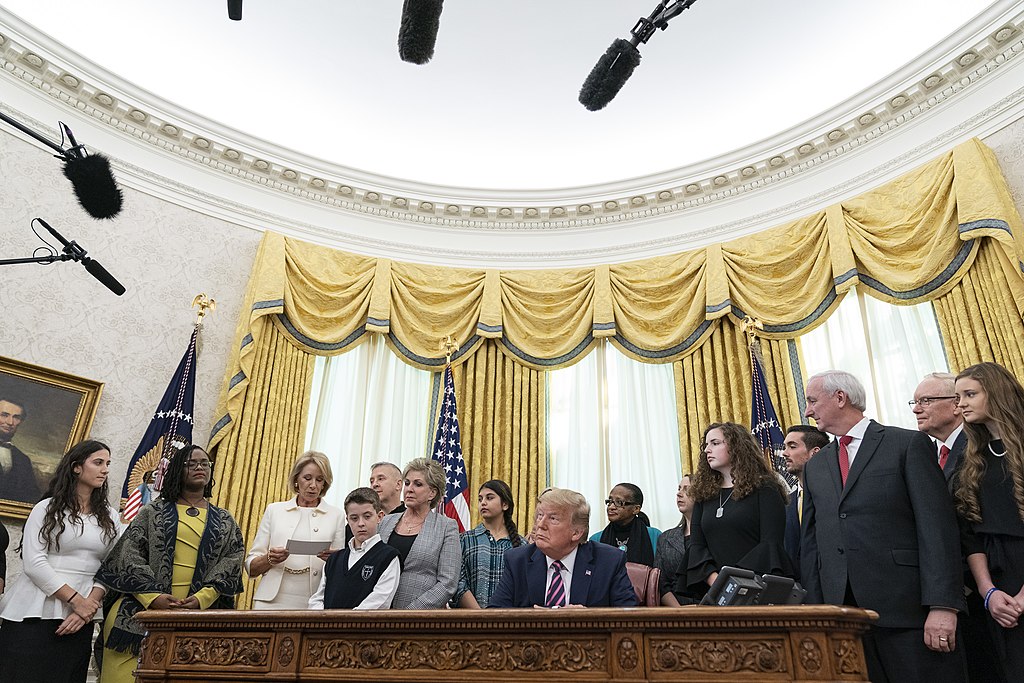Who are the chaplains in the United States and what do people think about them? In this article, Wendy Cadge details new research conducted into the range of things chaplains are doing, and how their institutions understand their work.

In the United States, chaplains remain very much in the news. In recent days they have been described as navigating tense college campuses, decommissioning ships, and protesting cuts in their ranks in healthcare. Texas recently allowed chaplains to serve as school counselors, a move many chaplains oppose; and with the December holidays approaching many are leading food drives and hosting community gatherings.
Behind the headlines are important questions about who chaplains are and how people both in the United States and around the globe understand their work. Research we conducted through the Chaplaincy Innovation Lab in partnership with Gallup finds that people in the United States have no consistent understanding of chaplains, which limits the reach and relevance of the work chaplains do and brings about gaps between the availability of chaplains and the real need for their work. Particularly in the midst of today’s loneliness epidemic, chaplains and spiritual care providers have important roles to play for individuals and communities.
In March 2022 we conducted a national survey about individuals’ contact with chaplains. In advance of the survey’s questions, we provided respondents with a precise definition of the word “chaplain.” We then asked whether respondents had ever had contact with a chaplain. Between 18 percent and 44 percent of the public report interacting with a chaplain based on their own understanding of the term. Some people reported understanding the term to include local religious leaders and/or people who supported them through transformational experiences. Based on the definition we shared with respondents, 18% had had contact with a chaplain.
The largest fraction (68%) of people who reported contact with chaplains (based on the definition we shared) met them through healthcare organisations, including palliative care and hospice settings. Another 14% reported contact with chaplains in the military. Few patterns by gender, race, religious affiliation, or other individual factors appeared in those who reported interactions with chaplains. Chaplains serve everyone.
Some reported themselves as the primary recipients of care, while others said they were caregivers of relatives or loved ones. Our analyses show that primary recipients of care were significantly more likely to have religious interactions with the chaplain and to experience the interactions as valuable and helpful. Care recipients reported experiencing care differently. In interviews, those who had contact with chaplains described feeling reassured, being offered support, and not feeling judged. Perhaps surprisingly, respondents were more likely than chaplains themselves to emphasise the explicitly religious aspects of chaplains’ work.
These findings (and others about how chaplains are trained) led us to identify six gaps between how chaplains are trained and how employers and members of the public understand their work. These gaps include:
- The public has limited and inconsistent knowledge of who chaplains are and what they offer: their value proposition is unclear to potential care recipients, some existing care recipients, and some of the organisations that employ them.
- The business model is based on service provision through organisations whose primary missions are not spiritual care, and it is difficult to find a chaplain if you are not in one of those organisations (e.g., healthcare, corrections, or the armed forces). Opportunities to serve people who are ill/suffering and their caregivers (as two distinct groups with different needs and experiences) may not be fully realised.
- Chaplaincy training/certification does not operate as a well-coordinated network. We estimate that half of the competencies for the MDiv are not relevant to chaplains.
- Training is costly and time-consuming.
- Educators and employers are not regularly in conversation and there are not currently mechanisms to address existing gaps in training around crisis intervention, moral injury, and religious diversity.
- Chaplaincy endorsing bodies – those charged with providing employers with a baseline guarantee of a chaplain’s bona fides – are gatekeepers with little to no transparency around how they operate and no clear mechanisms for institutional reform.
These findings, along with our sense that chaplains have important roles to play in the current moment, led to a strategic vision for spiritual care grounded in the work of chaplaincy and spiritual care. Instead of starting with the people who do the work – chaplains and spiritual care providers themselves – we shift the frame to start with the people who can benefit from the work, and move backwards to think about the broad and diverse coalitions that can support spiritual care in many forms. This expansive approach challenges people with the title “chaplain” or “spiritual care provider” to be significantly more focused on the differences they want to make for care recipients in collaboration with other care professionals. In other words, we advocate spending much less time discussing credentials and training and much more time asking care recipients how chaplains can best serve them.
We envision a world in which the public has consistent knowledge about what spiritual care or spiritual wellness is and how to access related support, and in which spiritual care can be accessed both in traditional settings (e.g., healthcare, corrections, etc.) and in new places it is needed like community contexts, social service settings, and primary care. A number of such efforts are in progress, like chaplaincy for people who are unhoused in Los Angeles, and many others are just beginning. Thinking backwards from how people in the United States understand chaplaincy is the essential first step in building more accessible expansive spiritual care.
Photo by Rachel Moore on Unsplash




